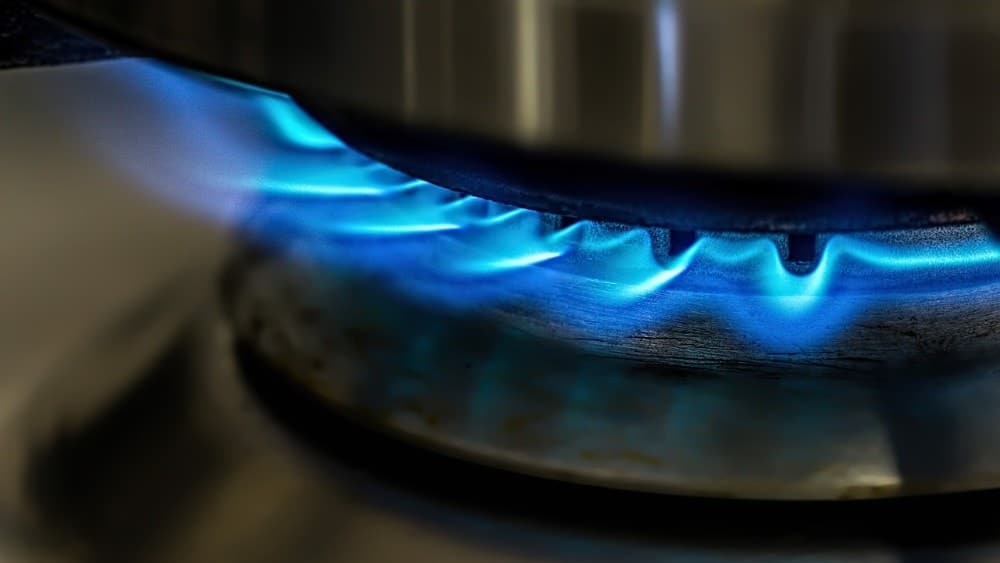When it comes to brewing beer or making whiskey, the mashing process is where the magic begins. It’s fascinating how simple ingredients transform into something delicious. At the heart of this transformation are enzymes, tiny powerhouses that play a crucial role in breaking down starches into fermentable sugars. Without them, our favorite brews wouldn’t exist.
I’ve always been intrigued by the science behind brewing, and understanding enzymes has deepened my appreciation for the craft. These biological catalysts not only influence flavor and aroma but also determine the efficiency of the mashing process. Join me as we dive into the world of enzymes and explore their vital contributions to creating the beverages we love.
The Role of Enzymes in Mashing
Enzymes are vital players in the mashing process. These proteins are crucial for converting starches from grains into fermentable sugars. In mashing, I typically rely on two primary enzymes: amylase and glucanase.
Amylase breaks down complex starches into simple sugars, specifically maltose. This enzyme operates best at temperatures between 150°F to 160°F (65°C to 71°C). As the mash heats, I watch closely to optimize sugar extraction. For example, during a step mash, I may raise the temperature gradually to encourage different enzymes to activate, enhancing sugar yields while influencing flavor.

Glucanase, on the other hand, focuses on breaking down beta-glucans, which can cause blockages during sparging. By promoting a smoother mash, glucanase ensures efficient water flow, saving time and reducing the risk of stuck sparges. It’s essential to maintain the right mash temperature, as this enzyme performs effectively at lower temperatures, typically around 120°F to 150°F (49°C to 65°C).
Enzymes also contribute to the mouthfeel and clarity of the final product. The balance of sugars created during mashing enhances fermentation and impacts the body and sweetness of the beer or spirit. Understanding these processes not only makes me a better brewer but also elevates the overall experience of enjoying a well-crafted drink.
Observing how enzymes influence my brews constantly amazes me, deepening my passion for both the science and the craft of brewing.
Types of Enzymes in Mashing
In the mashing process, various enzymes play pivotal roles in transforming raw ingredients into fermentable sugars. Understanding these enzymes enhances my brewing and home brewing experiences.
Amylases
Amylases are essential enzymes that convert complex starches into simple sugars, particularly maltose. These enzymes thrive at temperatures between 150°F to 160°F (65°C to 71°C), making the right temperature control crucial during mashing. I often use step mashing techniques to target specific temperature ranges, optimizing sugar extraction while improving flavor complexity. For instance, by holding the mash at precise intervals, I ensure maximum activity from the amylases, which helps create a balanced sweetness and contributes to the overall mouthfeel of the final product.
Proteases
Proteases break down proteins and contribute to the clarity and mouthfeel of the beer or spirit. They work best at lower temperatures, around 130°F to 150°F (54°C to 65°C). By incorporating proteases during mashing, I help prevent haze formation and improve the stability of the beer. This enzymatic activity also influences head retention and body, key factors in crafting a satisfying drinking experience. Monitoring the mash temperature to create the ideal environment for proteases is an integral part of my brewing process.
Importance of Enzymes in the Mashing Process
Enzymes are crucial in the mashing process, transforming our raw ingredients into delicious beverages. They enhance flavor, improve efficiency, and yield a drinkable product that showcases the brewer’s craft.
Breakdown of Starch
Amylase enzymes play a pivotal role in breaking down starches into fermentable sugars. Amylase actions create simple sugars like maltose, which yeast then ferments into alcohol. Operating optimally between 150°F to 160°F (65°C to 71°C), these enzymes effectively convert complex starches during mashing. Using step mashing, I can create temperature profiles that maximize sugar extraction, which enhances overall flavor. This step isn’t just scientific; it adds depth and character to the final beverage, allowing the unique essence of the ingredients to shine through.
Protein Hydrolysis
Proteases contribute significantly by breaking down proteins, which impacts beer clarity and mouthfeel. Operating best at lower temperatures—130°F to 150°F (54°C to 65°C)—these enzymes reduce haze formation, ensuring a clean finish and consistent head retention. By monitoring mash temperatures closely, I create the perfect environment for proteases to thrive, which ultimately enhances the body and smoothness of the beer. This attention to detail ensures that my brews not only look great but also deliver an enjoyable drinking experience with the right balance of flavor and texture.
Factors Affecting Enzyme Activity
In brewing, enzyme activity is critical for transforming ingredients into beverages with remarkable flavor and character. Two significant factors influencing enzyme performance are temperature and pH levels.
Temperature
Temperature plays a vital role in activating enzymes during mashing. Each enzyme has an optimal temperature range for maximum efficiency. For example, amylase thrives between 150°F to 160°F (65°C to 71°C), converting starches into fermentable sugars effectively. Meanwhile, proteases prefer lower temperatures of 130°F to 150°F (54°C to 65°C), promoting protein breakdown and enhancing beer clarity.
I often adjust my mash temperature to create specific flavor profiles. A step mash technique allows me to hit different temperature zones, fully activating enzymes at their peak efficiency. Observing these temperature changes not only optimizes sugar extraction but also brings out unique flavors, making each brew distinct.
pH Levels
Maintaining the right pH level is crucial for enzyme activity. The ideal pH for mashing generally falls between 5.2 and 5.6. Within this range, enzyme function is maximized, ensuring effective starch and protein breakdown.
When pH levels deviate from this range, enzyme activity diminishes, affecting sugars and flavors. I regularly test the pH during the mashing process to ensure it remains within this optimal range. If adjustments are necessary, I use food-safe acids or bases to correct it. This practice enhances the brewing process and guarantees that my final product boasts the best possible taste and clarity.
Conclusion
Understanding the role of enzymes in mashing has truly deepened my appreciation for brewing. It’s fascinating how these tiny catalysts can transform simple ingredients into complex flavors and aromas. The delicate balance of temperature and pH creates a symphony of enzymatic activity that not only enhances efficiency but also elevates the entire brewing process.
Every brew I create is a testament to the power of these enzymes. By paying attention to their needs and optimizing conditions, I can craft beverages that are not just enjoyable but also a reflection of my passion for the art. So next time you sip on a well-crafted beer or whiskey, remember the incredible journey those ingredients took, thanks to the unsung heroes of mashing. Cheers to that!




